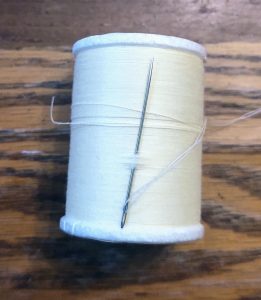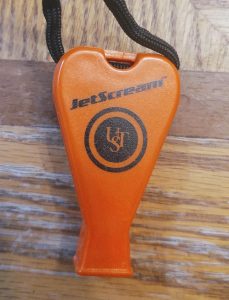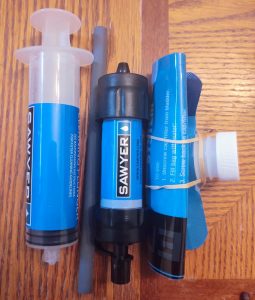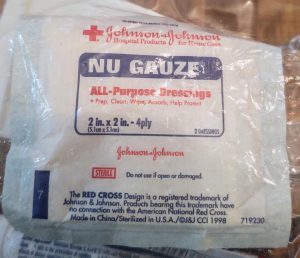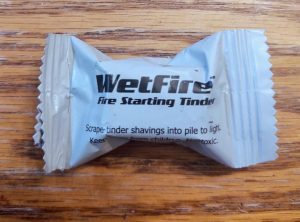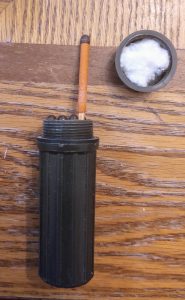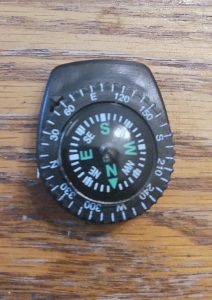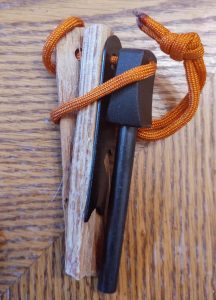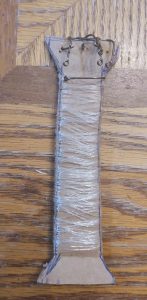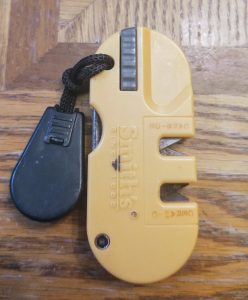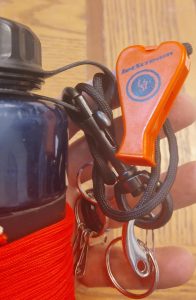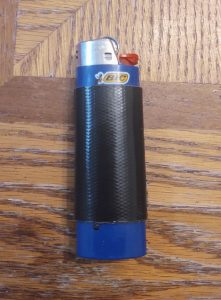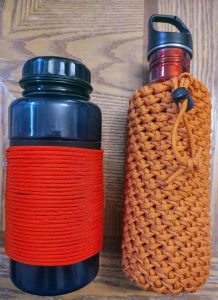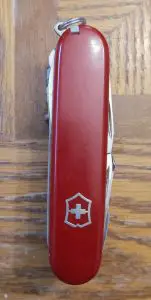When it comes to survival kits, there are a plethora of ways to make them. Large packs, small packs, car kits, coffee can kit, and survival caches just to name a few. But a water bottle survival kit is a compact, discreet way of carrying essentials.
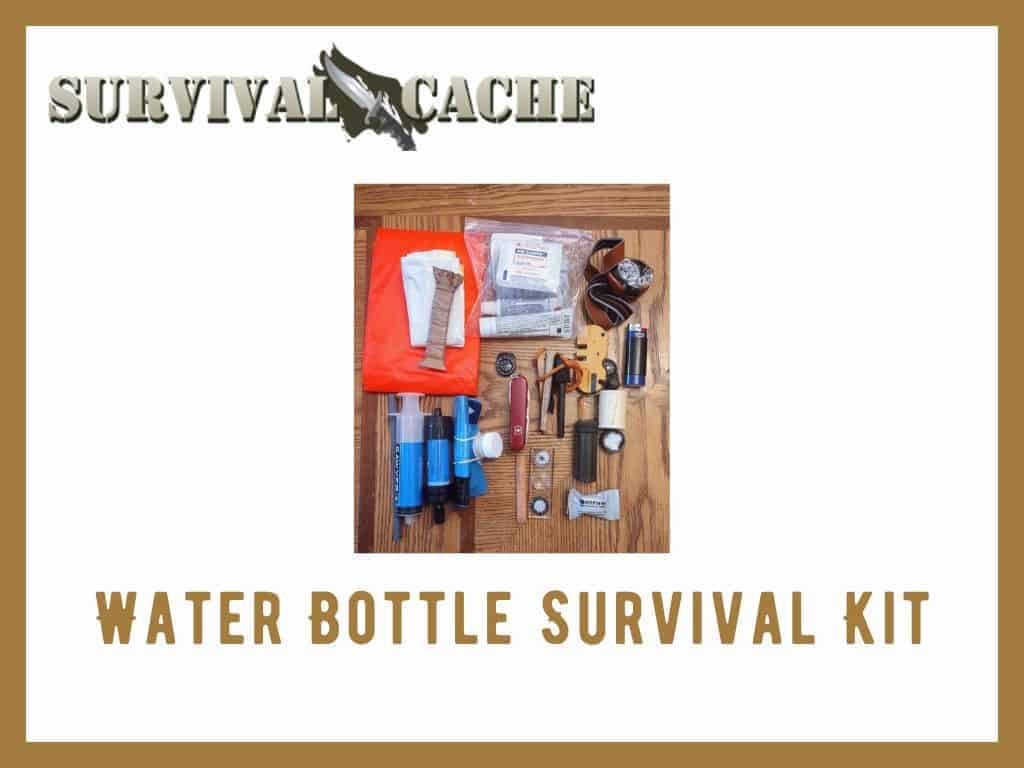
I have been asked for advice many times throughout my life on the ins and outs of making survival kits. There can be many curiosities surrounding this topic but generally, there are three main questions I have encountered.
- What do I pack the items in?
- Is it expensive?
- What specific items do I need?
I will be paring down the lengthy discussion of kits to share the ultimate survival kit in a water bottle. Before I get into the construction of it, let’s take a look at a few reasons why this is a good kit to have.
SKIP AHEAD
Why Do You Need a Water Bottle Survival Kit?
Good For Beginners
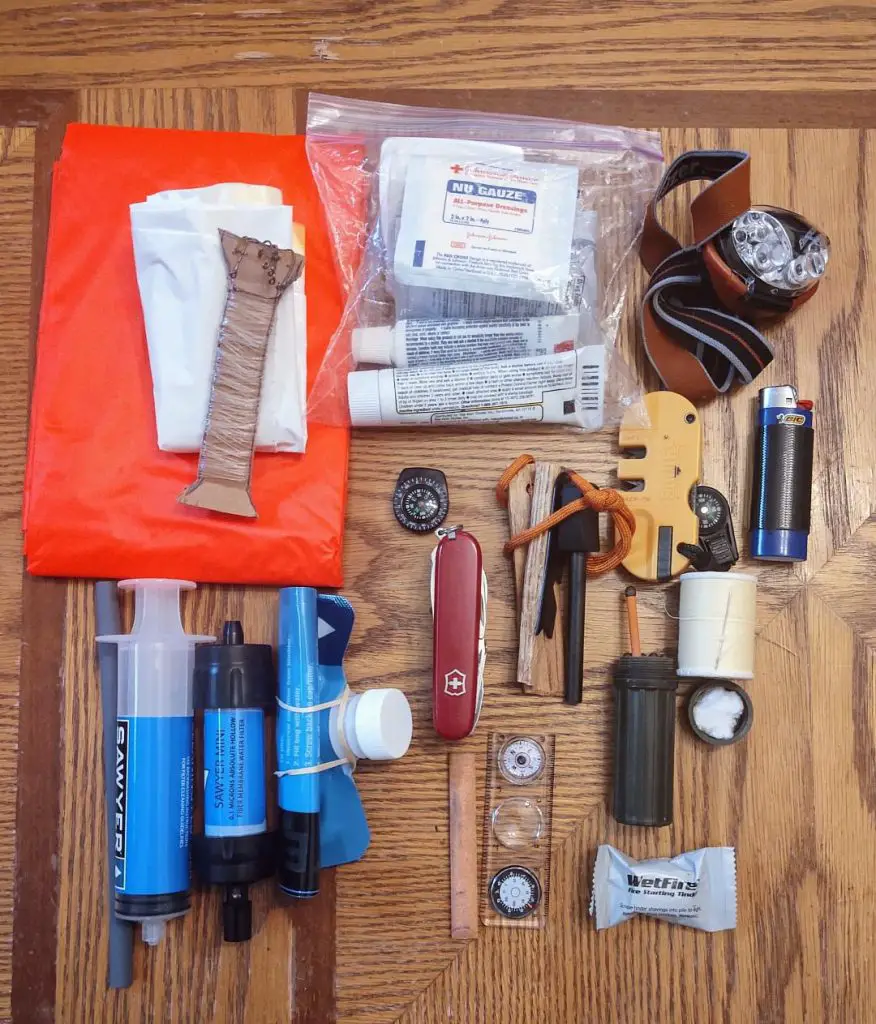
One reason that I like to recommend these types of kits, is that they are a great way for beginners to get started in survival supplies. The cost is low, the kit is small, and it is discreet to carry on your person or in a vehicle.
Customize
Items can easily be added or removed. This gives you the ability to customize the kit to your needs, skill level, and make the kit reflect the environment you operate in.
Weight
Its lightweight, compact size makes it ideal for anyone to carry. A water bottle kit may be more suitable for children or individuals who cannot carry much weight.
Convenience
A water bottle survival kit can be carried on the outside or inside of a pack and can easily be moved from pack to a vehicle and back home. Its size is much easier to transport than a larger survival pack.
Affordable and Fun!
Because you can easily make this yourself it can be customized to your budget, making it an affordable option over larger kits. Plus, it can be a fun way to get kids involved. In my experience, kids love hands-on projects where they can see the positive result of their work. To make it even more fun for the younger crowd, allow them to decorate the outside of the bottle.
My Water Bottle Survival Kit: Inside and Outside Design
Choosing a Bottle For Your Kit
Normally, I prefer metal water bottles because they can be used for boiling and can have other survival applications. But they can be slightly heavier than their plastic counterpart. The choice between metal or plastic is up to you but I would recommend that the bottle is a wide mouth model. This will offer easier access to the contents and more storage space. For this article, I will be using a 900ml, wide-mouth plastic bottle.
On The Outside of the Kit
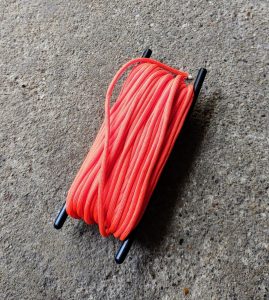
To get the most out of your kit, it is important to maximize the available space to its potential. There is one item in particular that can be put on the outside to save space on the inside, and that would be cordage.
Usually, I choose 550 paracord due to its affordability and versatility. I like to simply wrap the cordage around the outside or if I am feeling ambitious, I will make a paracord water bottle holder. Paracord water bottle holders are not difficult to make but can be time-consuming. Set aside a few hours if you are interested in making one.
A few lightweight items like a signal whistle or extra keyrings can be attached to the lid strap. But I primarily use the strap for attaching the water bottle to a pack by using a carabiner. Be cognizant that if the water bottle bounces around too much while hanging in this manner, the strap could eventually wear out.
What’s Inside The Kit
Here are images of all the products I have inside my water bottle kit:
Trash bag. This is the first item I put into the bottle. It can be used as a liner and a secondary carrying container for all of the items when the bottle needs to be used for water. Other uses for the trash bag include a rain poncho, a signaling device, water collection, a dry bag, and as material in shelter construction.
Plastic sandwich bags. To keep everything organized and dry pack as many of the items into small plastic bags. The bags themselves can be repurposed for other uses.
Duct tape wrapped lighter. A lighter is the easiest tool to use to start a fire. Duct tape has a million uses and one of them is as fire tinder. A few feet of duct can easily be wrapped around a lighter without taking up much space.
Stormproof matches. These will be a backup should the lighter fail. I suggest packing them and an extra striking surface into a separate waterproof container.
Ferrocerium rod. Will be used as a backup firestarter should the first two tools be unusable or you are concerned with saving resources.
Survival Tinder. The right kind of tinder can go a long way in getting a fire going. Try packing a few cotton balls or prepackaged survival tinder, like WetFire.
Fixed blade knife. No survival kit would be complete without a knife. Depending on the size of the knife and the size of the bottle you may be able to fit a fixed blade knife into the kit.
Pocketknife. Since space is a premium a folding pocketknife might be a good choice.
Multitool. It has a huge range of uses and it will not take up too much space. Again, the size of the bottle will determine the size of the multitool added to the kit.
Signal Whistle. It takes minimal effort to use and can signal people over a long distance.
Water purification tablets. These provide a safe and easy way for anyone to make water safer to drink.
Sawyer Mini Filter. Another method to keep the water bottle filled with drinkable water. Check out our review here.
Fishing Kit. Rolled up fishing line and several hooks take up minimal space while providing a way to obtain food in the wild.
First aid. A few bandaids, gauze, and various medications will go a long way in treating minor ailments.
Signal Mirror. A very simple device that can signal for help over long distances to individuals on the ground or in the air.
Poncho. Staying dry in a survival situation is critical. It can be worn or used as an improvised shelter. I suggest a brightly colored poncho so that it can double as a signaling device.
Sewing Kit. In a survival situation, everything you have on you is all that you have.A small sewing kit can be used to repair clothing and in some first aid applications.
Compass. Pretty self-explanatory for finding your direction.
All Bottled Up
The above article is a guideline for you to pick and choose what kind of items you would like in your own kit. I hope this outline of a water bottle survival kit showed you that you do not have to break your wallet or you back to easily carry some survival essentials. Stay prepared.


